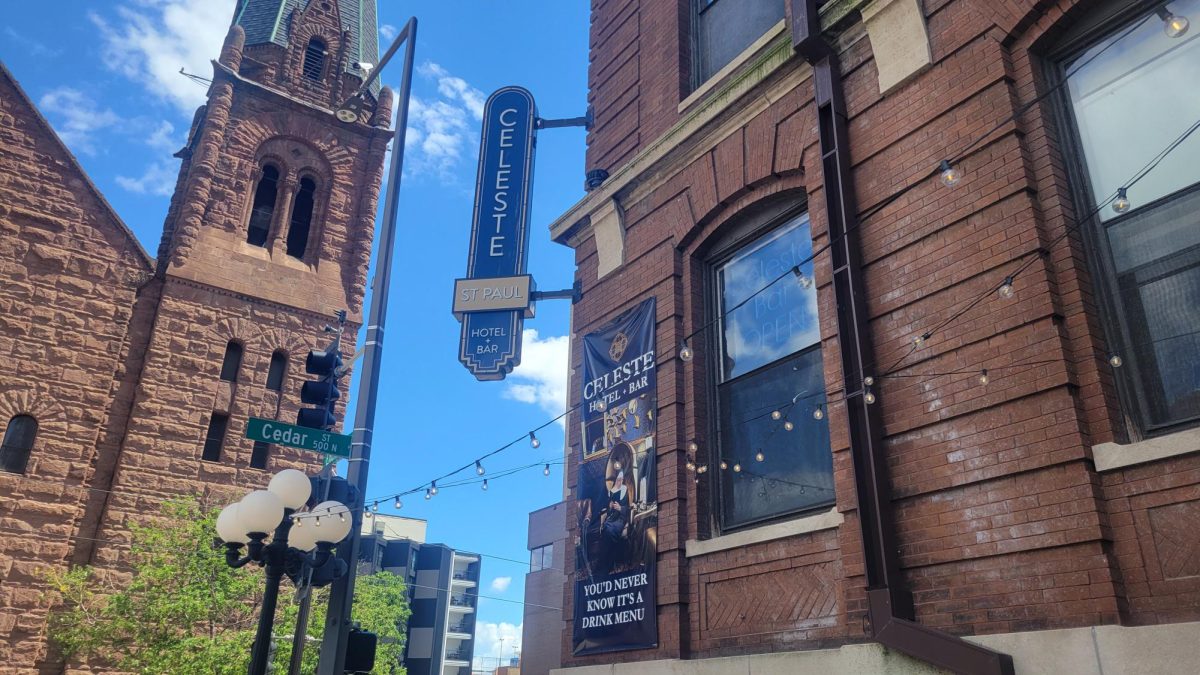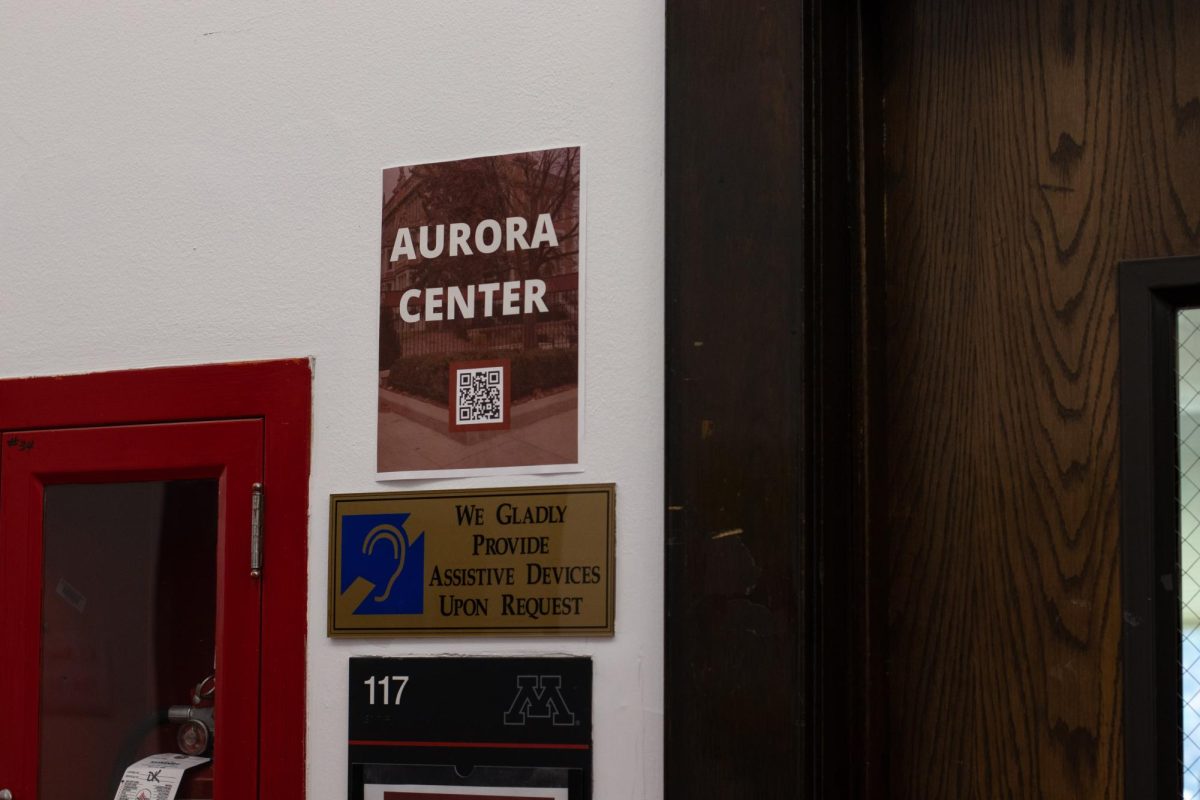Every building of a certain age has at least one ghost story attributed to it.
Humans can’t help but craft stories of ghosts and demons, labeling every old building as “haunted,” no matter how illogical it may be.
Ghost stories compel me as much as anyone else, but our shared tendency to assume old buildings are infested with ghosts and death reflects the common misconception that old is inherently worse than new.
Old structures are worth far more than the tall tales we associate with them. Maintaining and repurposing old buildings holds many benefits, including preserving memories of the past and connecting peoples’ heritage.
Todd Byhre, owner of Rebound Hospitality, operates several historic hotels including the Celeste of St. Paul Hotel and Bar, which maintains its legacy of a former convent despite major changes over the years.
According to Byhre, the hotel was originally constructed as St. Agatha’s Conservatory of Music and Art in 1913. Even after the convent closed in the 1960s and became an office space, members of the nearby Church of St. Joseph felt strongly toward the property, prompting excitement when it was refurbished and opened as a hotel in 2019.
“Six of the sisters who had been living here in the 1960s and twelve others from the order had a sleepover as our first guests,” Byhre said. “They brought back stained glass windows that were in storage and dishes that are now in the breakfast room that were used when it was a convent.”
Reconnecting with the past is an invaluable experience enabled by the preservation of old buildings.
Michael Clark is the managing director of the Depot Hotel Complex in downtown Minneapolis, which consists of the massively renovated Milwaukee Road Depot.
“When I first worked here, I got all kinds of guests saying, ‘Oh, I remember when I traveled out of here as a kid,’” Clark said. “Now there’s less of that because those folks are aging, and who would have taken the train? But I continue to see, ‘Oh, my grandpa used to work here,’ or ‘My dad used to work here.’”
The Depot occupies two city blocks, made up of a Renaissance Hotel, a Residence Inn and large amounts of event space in the original train station’s hall and the train shed, according to Clark. The multi-use nature of the complex displays the creative ways old buildings can find a new purpose.
“Since this property was developed, the train shed has housed an NHL-sized ice rink that would cross-utilize those event spaces,” Clark said. “The space was expanded and enhanced for different purposes over the last 23 years.”
Many old buildings hold immense architectural beauty, but even those without it are worthy of preservation.
Warehouses and industrial buildings that many would write off as worthless frequently undergo successful conversions to apartments or event space, such as the Pillsbury A-Mill in Minneapolis.
Sarah Johnson, executive director of the Machine Shop event venue in the A-Mill’s original machine shop, said the main flour mill was converted into lofts that are rented out exclusively to artists.
Johnson said the many historic details of the Machine Shop are what make the space unique.
“The wood floors on the second floor with patches and marks, or the writing on one of the pillars from measurements back in the day, create a sense of community and history that helps people feel connected versus something that’s a brand new build,” Johnson said.
For every successful preservation story, many more old buildings are torn down despite the waste of resources.
The cost of a complete renovation is often too high, but historic tax credits offered by the state of Minnesota and the National Park Service can help incentivize preservation, according to Byhre. Tax credits can offset up to 15% of expenses when a business repurposes an old building for the first five years of operation.
The tax credits require the preservation of key historical elements of the building which produce long-term income, but Byhre said the Celeste could not have opened without them.
“You have to abide by all the rules, but the rules they have are also the rules we want,” Byhre said. “Without that 15% covered by the historic tax credit, it would have been too expensive.”
Once the initial renovation investment is complete, operating a business from an old building like the Depot can be economically advantageous, according to Clark.
“Railroads, in particular, have a lot of nostalgia surrounding them,” Clark said. “I do think, as a business, it’s a competitive advantage for us to have the historic aspect to sell and make us different and part of the community.”
Johnson said blending the historic elements of the Machine Shop with modernization brings the most success.
“People really like something new,” Johnson said. “Especially when we’re trying to do things with LED and sustainability, sometimes the older features can be detrimental. But I think when it’s done thoughtfully, the restoration of an old space and bringing in those pieces combines the best of both worlds.”
Repurposing old buildings is not worse than new construction. Preserving them should continue to be incentivized through programs like the historic tax credits, even when considering the ghosts.














Dan Berger
Jul 4, 2024 at 6:48 pm
Many, many of old buildings in my home town Wis. Rapids, Wis. have been demolished. To me it is a major disgrace. I love the towns that renovate , repair old structures of an area.